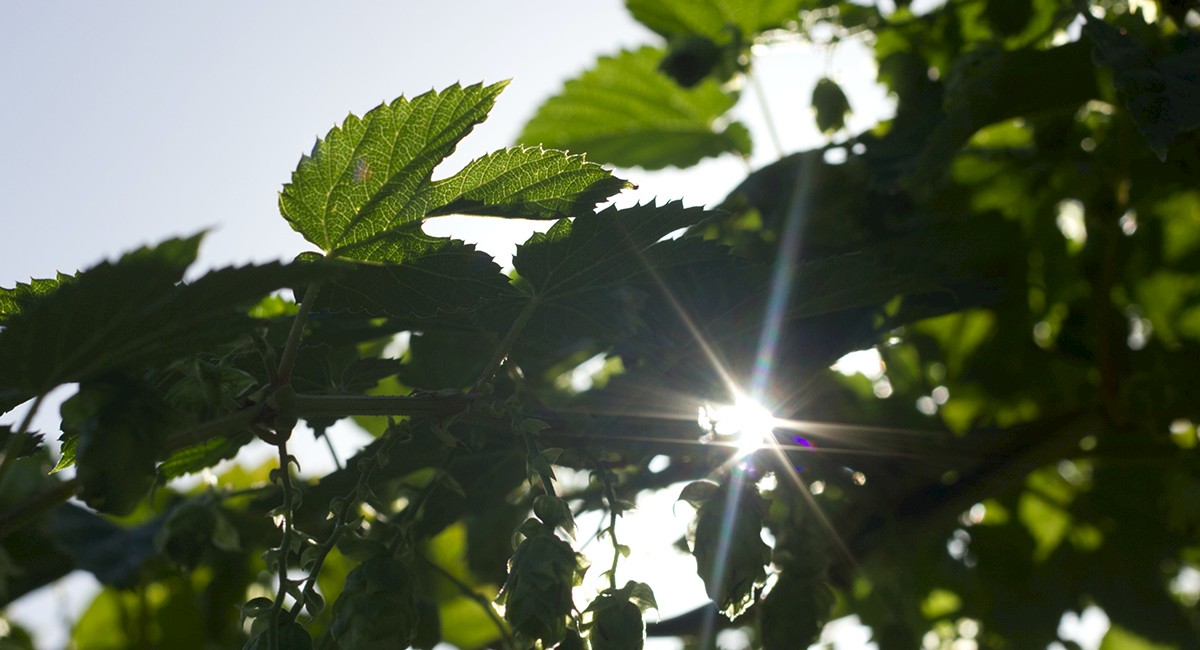
A 3-Step Plan for a “Green” Digital Content Strategy
I've resolved to "go green" in 2016 when it comes to digital marketing. This might not be much of a surprise, given I'm known as the resident "tree saver," often offering a friendly reminder to any lumberjacks who toss paper in the trashcan, versus in the recycle bin, of just how many trees are being sacrificed.
My environmentally-friendly plan for greening up my digital content marketing strategy this year follows the tried-and-true 3 R's to help save money, energy and resources.
Reduce: Minimize the need to create new content by maximizing investment in old content; therefore reducing budget and cutting down on resources. In a content-heavy world, less is more, so I'll err on the side of quality vs. quantity and look at what already exists. My clients have already invested in creating amazing content, so shame on me if I'm asking them to completely reinvent the wheel, just because what they have is "so last year." If updates or new content are necessary, then I'll recommend making wise investments up-front, so content stays in-style for multiple seasons.
Reuse: Use what has been created to tell different compelling stories, and even re-share old ones. Digital content lives on forever, and I think marketers tend to forget that old doesn't always equal bad. I may need to give 2015 content a 2016 facelift, but not a full makeover. When a client pays a blogger to create a holiday cookie recipe, for example, it isn't stale by next Christmas. The recipe is actually just as fresh and appetizing as the day it came out. I'll continue to prove the ROI of blogger engagement by working that recipe into next year's holiday digital strategy.
Recycle: Existing content can be repackaged so it looks shiny and new, or repurposed so where makes sense. Elements of existing content may get dated or become less relevant, but that doesn't mean it's time to trash everything. A video from two years ago might not be filmed using today's styles or technology, but b-roll or interviews in it might be able to be used in an upcoming spot. Information on a website from 2013 might still ring true, even if the site isn't aging well. Patching together great content into something new, such as transforming a rusty-looking fact sheet into a shiny new infographic, can cut down on a lot of wasted time. When you go green, you save green, too.
When it comes to seeding a content marketing strategy that grows engagement and produces fruitful results, I'm hoping I have a green thumb.
Do you have any ideas for reducing, reusing and recycling content this year?
